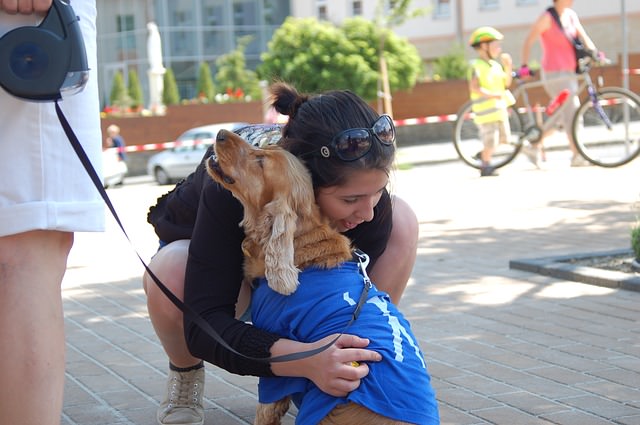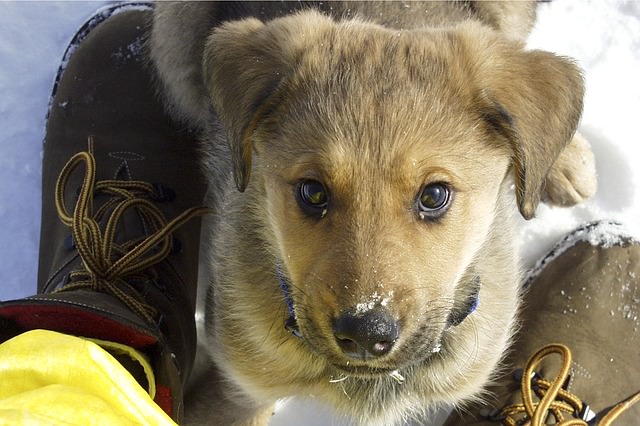Researchers have found an interesting similarity between the genes of hyper-friendly dogs and humans with a rare inherited condition known as Williams syndrome or Williams-Beuren syndrome.
The developmental disorder makes the humans it affects extremely social.

Williams-Beuren syndrome affects about one in 10,000 humans and is characterized by a missing chunk of DNA that contains approximately 27 genes. The physical traits of a person with Williams-Beuren syndrome include a broad forehead, full cheeks, and heart defects.
But it is the mental characteristics of the disorder that interest the authors of a recently published study. People with this condition tend to be extroverted, bubbly, and hyper-social, with some degree of intellectual disability and an affinity for music.

The first significant research to shed light on the genetic connection between individuals with Williams-Beuren and dogs took place in 2010 when evolutionary biologist Bridgett vonHoldt set out to discover parts of the canine genome that have evolved since domestic dogs diverged from their wolf ancestors.

VonHoldt and her colleagues examined DNA from 225 wolves and 912 dogs from 85 breeds. They found that the region surrounding the gene WBSCR17 is not only significant in canine evolution, it is also similar in dogs and humans. The human version of WBSCR17 is located near the sequence that is deleted in people with Williams syndrome.

In their latest study, vonHoldt and her team took a closer look at the region surrounding WBSCR17 by testing the friendliness, sociability, and problem-solving skills of 18 domesticated dogs and 10 rescued gray wolves. The animals were tasked with retrieving a sausage treat by lifting the lid of a puzzle box, and rated on how much they turned to a person in the room for help. The researchers also observed how much time the animals spent in close proximity to the humans.

Not surprisingly, the wolves were more likely to focus on solving the problem and keep their distance from the people, whereas the dogs looked more often to the humans for help and tended to linger closer to them.
“Where the real difference seems to lie is the dog’s persistent gazing at people and a desire to seek prolonged proximity to people, past the point where you expect an adult animal to engage in this behavior,” said study co-author Monique Udell, an animal scientist at Oregon State University.

Next, the researchers took blood samples from 16 of the dogs and 8 of the wolves to see if their genetic traits lined up with their personalities. They found that variations in two genes – GTF2I and GTF2IRD1 – “appeared to be connected to dog hyper sociability, a core element of domestication that distinguishes them from wolves,” according to the report.

In humans, the deletion of these genes is linked to the hyper social behaviors seen in Williams-Beuren syndrome. However, vanHoldt was quick to point out that her team has not discovered a ‘social gene,’ but rather “an important [genetic] component that shapes animal personality and assisted the process of domesticating a wild wolf into a tame dog.”

The research contradicts the popular theory that humans sought out friendlier wolves in order to tame the species. Instead, it supports the idea that the animals originally approached hunter-gatherer camps in search of food. The tamer, less aggressive dogs befriended humans, meaning that sociability, rather than intelligence, led to the relationship between man and dog we know today.
“If early humans came into contact with a wolf that had a personality of being interested in them, and only lived with and bred those ‘primitive dogs,’ they would have exaggerated the trait of being social,” vonHoldt said.
H/T to LiveScience and CTVNews
